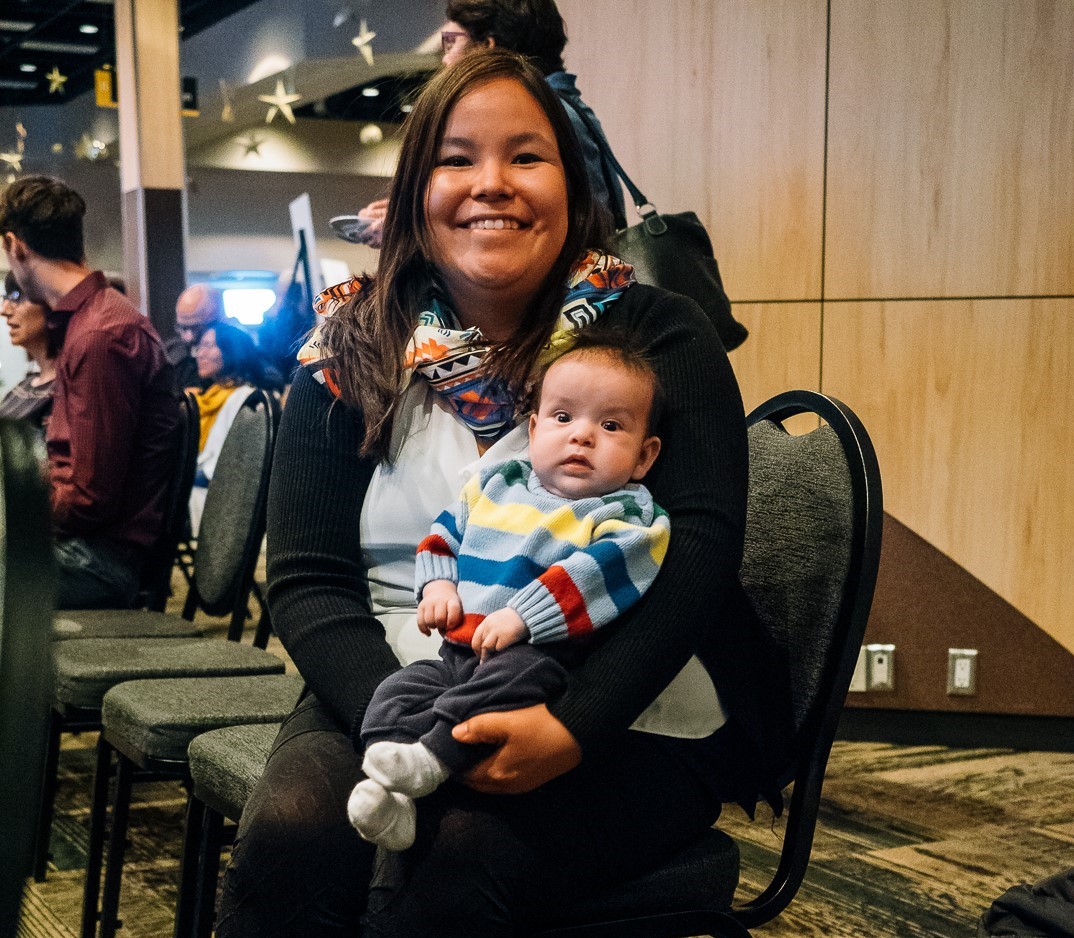
Culturally safe, positive, empowering birth
Saskatchewan mothers shaping research aimed at improving the birthing experiences of Indigenous women
By Farha AhktarJessica Dieter will never forget the reassuring and beautiful words of the people in her community following the birth of her baby boy Lennox.
Lennox was born inside his amniotic sac. Known as a birth caul, it is extraordinarily rare with some estimates suggesting it occurs only once every 80,000 births. It happens when a piece of amniotic sac breaks away during gestation – or during the birthing process – and attaches to a baby’s head. Although harmless, a baby born inside their membrane is very unusual, even to experienced delivery room staff. As for parents, it can be distressing when anything out of the ordinary takes place during labor, as it did that day for Jessica and her partner.
It was when the family returned to their home that relatives and friends rejoiced by how lucky Lennox was to have been born this way. The feelings of reassurance and positivity were in stark contrast to the shock and confusion they experienced back in the delivery room. Kokums and aunties reassured Jessica and her partner that a birth caul was special because it was so rare. It was something to be celebrated, not feared in their culture.
When Jessica retells the story, she muses about how different her birthing experience would have been had one of these elder women been present during her labour. Jessica and her partner had originally planned to deliver Lennox at the Birthing Centre at All Nations’ Healing Hospital in Fort Qu’Appelle, Saskatchewan. She had previously delivered one of her children there with a mid-wife, and was pleased with the experience. Plans were forced to change when Lennox became over-due and Jessica had to deliver at a bigger birthing centre in Regina.
Read more at the Saskatchewan Centre for Patient-Oriented Research (SCPOR) website.
